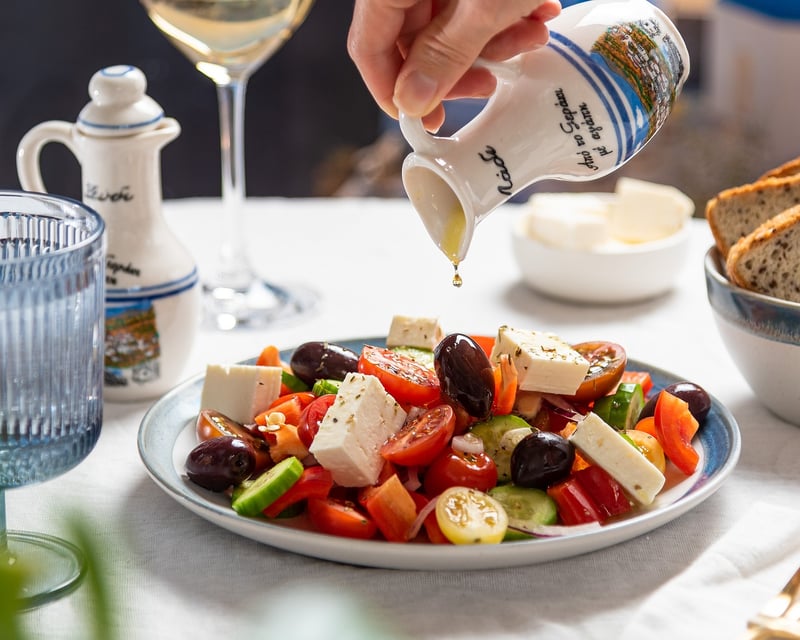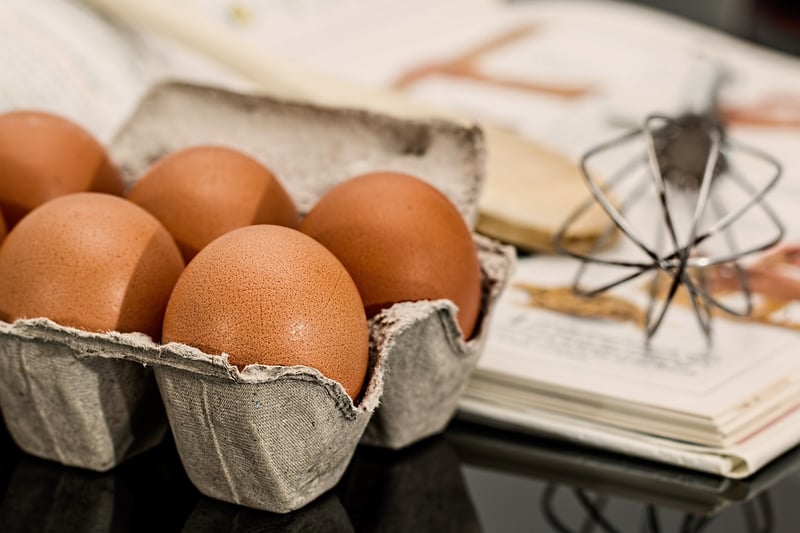Culinary Chemistry
The Science Behind Food: Exploring the Fascinating World of Culinary Chemistry
Food is not just a source of sustenance; it is also a complex interplay of chemical reactions that create the flavors, textures, and aromas we love. Culinary chemistry delves into the scientific principles behind cooking and the transformations that ingredients undergo when subjected to heat, cold, mixing, and other processes.
Key Concepts in Culinary Chemistry:
Maillard Reaction:
The Maillard reaction is responsible for the delicious aroma and brown color that develop when you sear a steak or bake bread. This reaction occurs between amino acids and reducing sugars when exposed to heat, resulting in a range of flavors and aromas.
Emulsions:
Emulsions are mixtures of two immiscible liquids, such as oil and water, stabilized by an emulsifier. Mayonnaise and vinaigrettes are examples of culinary emulsions, where the emulsifier helps keep the oil and water from separating.
Spherification:
Spherification is a culinary technique that transforms liquids into spheres resembling caviar or pearls. By using calcium chloride and sodium alginate, chefs can create spheres with liquid centers, adding a unique texture to dishes.
The Role of Temperature:
Temperature plays a crucial role in culinary chemistry. Different cooking methods, such as boiling, grilling, or baking, rely on specific temperature ranges to achieve desired results. Understanding the effects of temperature on proteins, carbohydrates, and fats is essential for mastering the art of cooking.
Exploring Flavor Pairing:
Flavor pairing is a concept that combines ingredients based on their chemical components to create harmonious flavor profiles. By understanding the principles of flavor pairing, chefs can create innovative and exciting dishes that tantalize the taste buds.
Conclusion:
Culinary chemistry offers a deeper understanding of the science behind cooking and food preparation. By exploring key concepts such as the Maillard reaction, emulsions, spherification, and flavor pairing, chefs can elevate their culinary creations to new heights. Embracing the principles of culinary chemistry allows for endless experimentation and innovation in the kitchen.

Image Source: Pixabay
